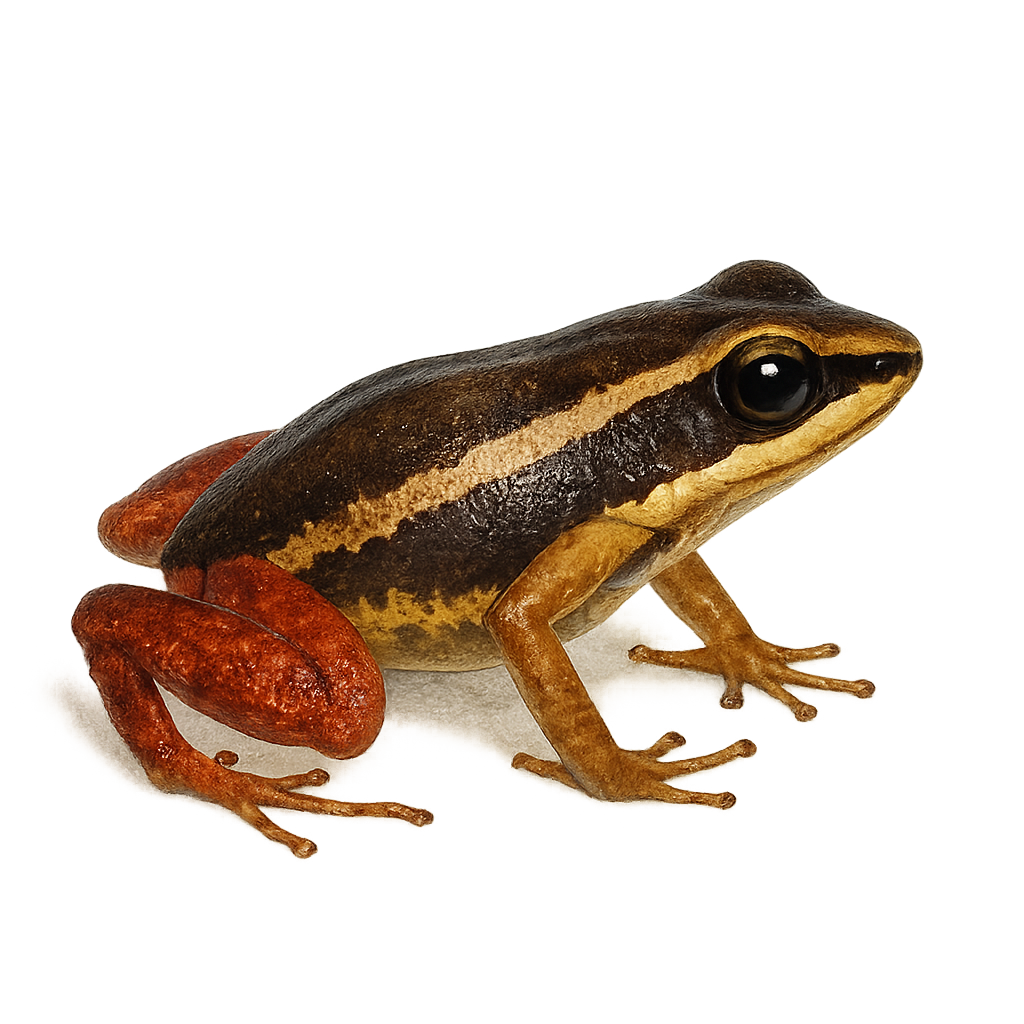Your wildlife photography guide.
Explore the silverstone's frog in detail, study its behavior, prepare your shots.
Where to observe and photograph the silverstone's frog in the wild
Learn where and when to spot the silverstone's frog in the wild, how to identify the species based on distinctive features, and what natural environments it inhabits. The WildlifePhotographer app offers tailored photography tips that reflect the silverstone's frog’s behavior, helping you capture better wildlife images. Explore the full species profile for key information including description, habitat, active periods, and approach techniques.
Silverstone's Frog
Scientific name: Silverstoneia erasmios

IUCN Status: Least Concern
Family: DENDROBATIDAE
Group: Amphibians
Sensitivity to human approach: Suspicious
Minimum approach distance: 2 m
Reproduction period: November to January
Incubation: 12–14 jours
Births: December to February
Habitat:
Tropical forests, rivers, wetlands
Activity period :
Primarily active during the day, with peak activity in the morning and late afternoon.
Identification and description:
The Silverstoneia erasmios is a small, colorful frog endemic to the humid tropical forests of Central America. It is characterized by its smooth skin and vibrant patterns ranging from brown to green with hints of yellow. Typically measuring between 2 and 3 cm, it is often found near streams where it breeds. Its discreet call is an indicator of its presence. Although its habitat is threatened by deforestation, it remains relatively abundant in protected areas. This species plays a crucial role in the ecosystem by regulating insect populations.
Recommended lens:
Macro – adjust based on distance, desired framing (portrait or habitat), and approach conditions.
Photography tips:
To photograph the Silverstoneia erasmios, opt for early morning hours when natural light is soft. Use a macro lens to capture the details of its colorful skin. Approach slowly to avoid startling it, and maintain a distance of at least 2 m to prevent disturbing its natural behavior. A tripod can be useful for stabilizing your camera, especially in the shaded areas of tropical forests. Be patient and wait for it to perch on a leaf or branch to get a sharp and captivating shot.
The WildlifePhotographer App is coming soon!
Be the first to explore the best nature spots, track rutting seasons, log your observations, and observe more wildlife.
Already 1 432 wildlife lovers subscribed worldwide

